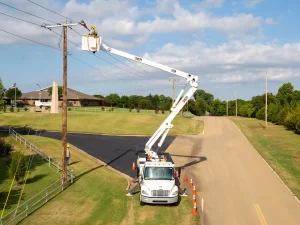Importing a car into Canada can be a tricky business as the process is quite intricate where several government agencies and departments are involved. A vehicle is defined by transport Canada, as any means of transport, capable of being driven or drawn on roads by any means other than muscular power, and which does not run on rails. This clearly includes the motor, recreational, and camping vehicles as well as stock trailers and boat trailers. But whether you are importing a commercial or recreational vehicle from the US into Canada, your vehicle shall undergo a multistage process before it gets clearance. So here are the steps to avoid heavy penalties and get a smooth clearance process.
- Ensuring vehicle admissibility
Your vehicle needs to meet the requirements of the
- Canada border services agency
- Canadian food inspection agency
- Transport Canada
- US customs border protection.
After your vehicle has met the requirements of the aforementioned agencies, it gets enlisted in the transport Canada’s list of admissible vehicles. After your vehicle has met the aforementioned agencies’ requirements, it gets enlisted in transport Canada’s list of admissible vehicles. Further, the vehicle will also need to pass the inspection of the registrar of imported vehicles. This is why, hiring a customs broker always helps, as failure to meet these requirements, can cost you heavily.
- The documentation
When it comes to importing any vehicle in any country, one needs to be prepared with all the appropriate and adequate documents. So, importing your vehicle into Canada will require several significant documents such as the original title, the bill of sale, recall clearance, copies of the export certificate, and invoices. Your vehicle will get clearance only if you have proper documentation with you. Further, not only do you need to file an AES prior to the 72-hour notice, but it should be handled by a US-domiciled company. Once the AES is filed, the internal transaction number will be issued.
- Paying the RIV registration fees
After you have submitted your documents to the Canada Borders Services Agency, it will import the vehicle into Canada, where your next responsibility is to pay the RIV registration fees. The original form 1 and form 2 shall be then taken along with the vehicle to an inspection facility. After the inspection is successful, form 2 shall be stamped and your vehicle shall be ready for registration.
Therefore, not only it is imperative to meet all the aforementioned requirements, but you must also know the process before getting involved in it. With this, importing a car to Canada from the USA will be a lot easier.




